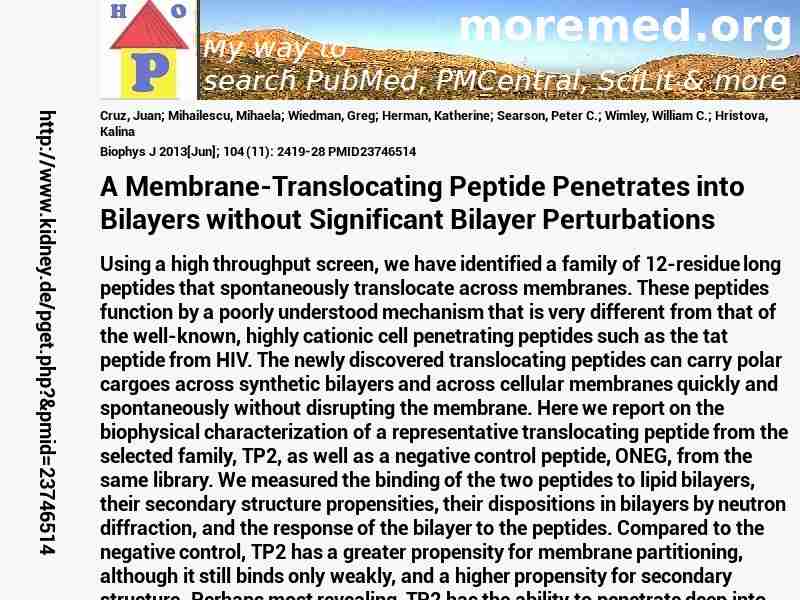
|
10.1016/j.bpj.2013.04.043
http://scihub22266oqcxt.onion/10.1016/j.bpj.2013.04.043

C3672899!3672899!23746514
 free free
 free free
 free free
|  
Deprecated: Implicit conversion from float 229.6 to int loses precision in C:\Inetpub\vhosts\kidney.de\httpdocs\pget.php on line 534
Deprecated: Implicit conversion from float 229.6 to int loses precision in C:\Inetpub\vhosts\kidney.de\httpdocs\pget.php on line 534
Deprecated: Implicit conversion from float 229.6 to int loses precision in C:\Inetpub\vhosts\kidney.de\httpdocs\pget.php on line 534
Deprecated: Implicit conversion from float 229.6 to int loses precision in C:\Inetpub\vhosts\kidney.de\httpdocs\pget.php on line 534
Deprecated: Implicit conversion from float 229.6 to int loses precision in C:\Inetpub\vhosts\kidney.de\httpdocs\pget.php on line 534
Warning: imagejpeg(C:\Inetpub\vhosts\kidney.de\httpdocs\phplern\23746514.jpg): Failed to open stream: No such file or directory in C:\Inetpub\vhosts\kidney.de\httpdocs\pget.php on line 117
 Biophys+J 2013 ; 104 (11): 2419-28 Biophys+J 2013 ; 104 (11): 2419-28
Nephropedia Template TP
gab.com Text
Twit Text FOAVip
Twit Text #
English Wikipedia
|
A Membrane-Translocating Peptide Penetrates into Bilayers without Significant Bilayer Perturbations #MMPMID23746514Cruz J; Mihailescu M; Wiedman G; Herman K; Searson P; Wimley W; Hristova KBiophys J 2013[Jun]; 104 (11): 2419-28 PMID23746514show ga
Using a high throughput screen, we have identified a family of 12-residue long peptides that spontaneously translocate across membranes. These peptides function by a poorly understood mechanism that is very different from that of the well-known, highly cationic cell penetrating peptides such as the tat peptide from HIV. The newly discovered translocating peptides can carry polar cargoes across synthetic bilayers and across cellular membranes quickly and spontaneously without disrupting the membrane. Here we report on the biophysical characterization of a representative translocating peptide from the selected family, TP2, as well as a negative control peptide, ONEG, from the same library. We measured the binding of the two peptides to lipid bilayers, their secondary structure propensities, their dispositions in bilayers by neutron diffraction, and the response of the bilayer to the peptides. Compared to the negative control, TP2 has a greater propensity for membrane partitioning, although it still binds only weakly, and a higher propensity for secondary structure. Perhaps most revealing, TP2 has the ability to penetrate deep into the bilayer without causing significant bilayer perturbations, a property that may help explain its ability to translocate without bilayer permeabilization.�
  
DeepDyve
Pubget Overpricing | 
|